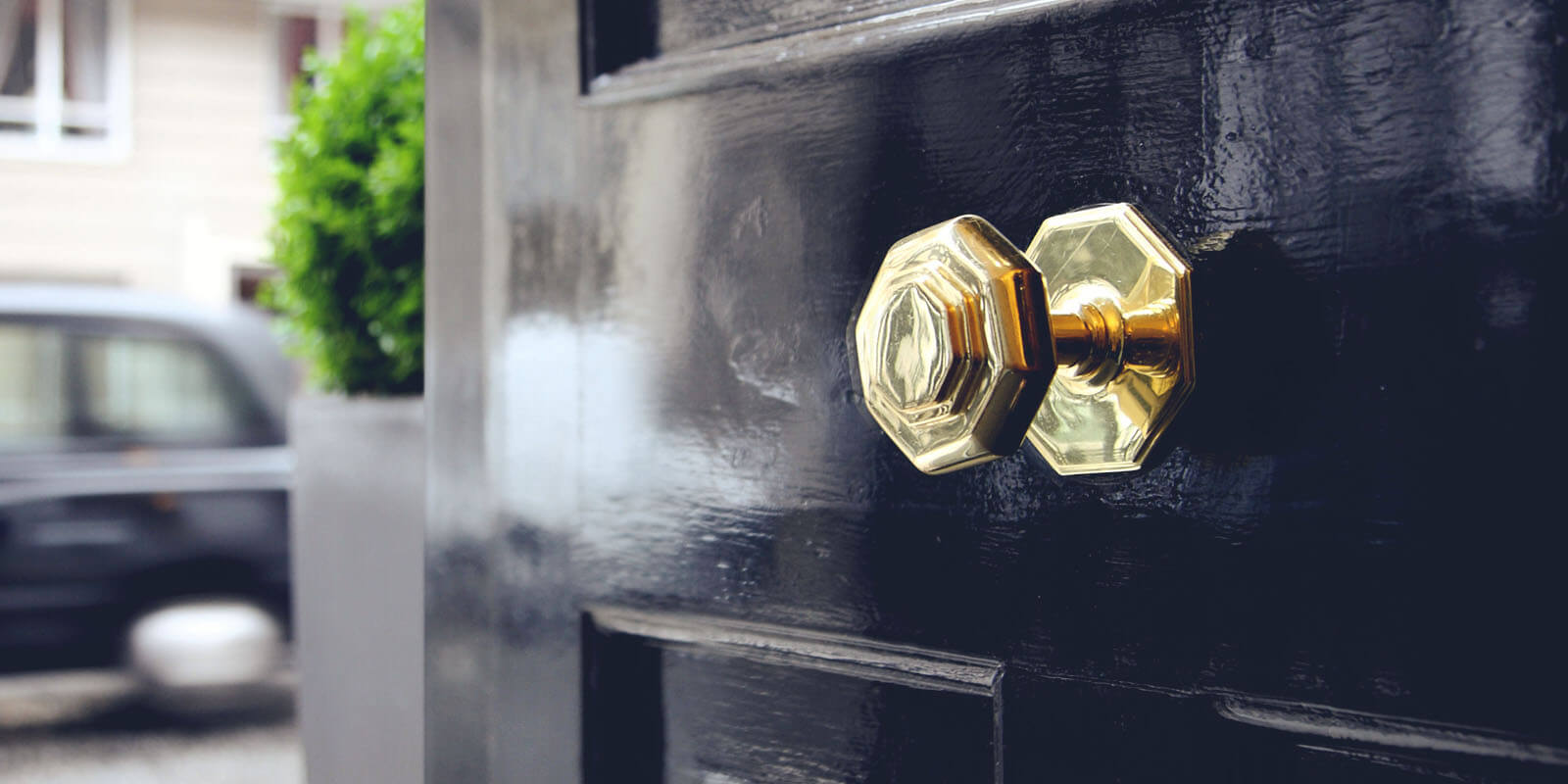When you start to build an investment portfolio, people usually have a goal in mind. Some people have short-term goals, like saving towards a deposit for their first house. Others will be saving for the long term, building a nest egg for their retirement, or just to ensure they have a bit of spare money should they need it in the future. Increasingly, people are focusing their saving efforts towards other family members, especially children, and saving money for their future. In the past, perhaps this would be achieved by opening an account in the child’s name, and topping it up at special events like birthdays or Christmas. However, many are now looking for a more structured investment option, which can easily be accessed when the time is right.
What is a Junior ISA?
One of the most popular options for this historically has been the ‘Junior Individual Savings Account’, or Junior ISA as it’s more commonly known. This is a long-term savings account which is targeted towards children, with the same ‘tax-free’ benefit as a standard cash ISA. You can open a Junior ISA for any child who is under 18 years of age and living in the UK.
Like other ISAs, the tax-free element provides assurance that any interest made on the savings will not be liable for tax. In other ways, they act in a similar way to a normal bank account, which is just in the child’s name. However, it’s important to note that any money which is paid into a junior ISA will be locked away until the child’s 18th birthday. At this point, it becomes their cash that they can access as they wish.
When we compare this to gold, one of the closest options available is ‘Little Treasures’ from The Royal Mint. A Little Treasures account offers you the chance to purchase gold that is stored securely at The Royal Mint’s vault on behalf of a child. Since the introduction of Little Treasures, parents, grandparents, friends and other relatives across the world have opened an account with The Royal Mint, as they wish to save for that special young person in their life.
With Junior ISAs, there are two types of accounts available in which to invest:
- Junior Cash ISA – simply a standard ISA where interest is paid on the amount within the account.
- Junior Stocks and Shares ISA - acts in the same way as a standard stocks and shares ISA, where you invest in stocks and shares with the money that you have invested. The performance of this account is reliant on the performance of the shares in which you have chosen to invest.
If we compare this to Little Treasures, the returns which you may receive are fully dependent on the performance of the precious metal market over the time the investment is stored in the account.
What are the Benefits of a Junior ISA?
If you choose a standard ‘Junior Cash ISA’, the returns depend on the current interest rate which is being offered by the account. This means you get a defined amount of interest each period, with the main risk being that the money will not grow as quickly as the rate of inflation. However, it is important to be aware that an interest rate is not guaranteed for the life of the ISA, as it is usually reviewed each year and can go up or down.
If you choose a ‘Junior Stocks and Shares ISA’, the main concern would be the returns are dependent on the performance of the stock market and the stocks and shares that you choose to invest in. As the period that the account is open and active is a minimum of 18 years, without managing the portfolio carefully it would be difficult to predict the performance over that period of time.
How does a Little Treasures Account Compare?
With Little Treasures, as the returns depend on the precious metals market, any returns are not offered as a fixed percentage. If, for example, you open an account with a deposit of £100, you may receive 1/10oz of gold in return (depending on the live price at the time). However, as the price of gold is always changing, when it comes to selling the precious metal, you are not selling ‘£100 worth of gold’, but 1/10oz of gold, so the price you sell it for is dependent on the live selling price of gold at the time you choose to sell. This means that, if the live spot price of gold has increased, you may benefit from an increase in the value of your holding. The benefit of this is that the precious metals markets are always changing and, as a result, the price of gold changes regularly.
For example, between the start of January 2020 and the start of January 2021, the gold price rose from £1,520.55 per ounce to £1,930.80 per ounce – an increase of nearly 27%. In comparison, a top-performing Junior ISA at the same time offered an interest rate of just 2.5% per year.
With this said, 2020-21 was an eventful year for the precious metal markets due to the wider impact of the coronavirus pandemic and other market volatility. Both Little Treasures and a Junior ISA are designed for long-term savings. However, most given years in recent memory have offered a political, social or economic event which has impacted the gold price. In 2016, between 23rd June and 6th July, the gold price per ounce rose from £850.96 to £1,059.01 – an increase of over 24%. This increase over the course of less than two weeks was a result of the Brexit referendum in the UK and the uncertainty in the days that followed.
Of course, there are decreases in the gold price too, especially when measured over the shorter term. On 7 August 2020, the gold price hit a high of £1,574.37 per ounce. Just a month later on 7 September 2020, the price was £1,463.08. This represents a decrease of 7% over the course of a month. Although this is the case, as Little Treasures is designed to save for a child over the course of 18 years, small decreases over a short period of time may be surpassed by the larger gains seen over a longer period. For instance, one ounce of gold 18 years ago would have cost you £214.64. That same ounce of gold today would be worth around £1,276.56 – an increase of nearly 500%.
What are the Tax Benefits?
As previously suggested, a Junior ISA offers a tax benefit as the savings on the interest is not taxed. Although this used to be an important distinction, it is worth noting that currently children are taxed in the same way as adults. This means that although interest is tax free, UK government rules state that if you have no income, you can earn up to £18,500 per year tax free from savings (figure correct as of 2021-22 tax year). This figure is comprised of a £5,000 ‘starting savings allowance’, a £1,000 ‘personal savings allowance’, as well as a £12,500 ‘personal allowance’. This considerable allowance means that in many cases, even if you have a normal savings account, your child would not be liable for tax on their interest anyway, as it would likely fall well below the allowance. If your child is the entrepreneurial type and they do have real income to their name, they would still have available to them the £1,000 ‘personal savings allowance’ previously mentioned, so the first £1,000 interest received would still be tax free.
In comparison to this, all purchases of gold within a Little Treasures account are VAT free because all purchases of investment gold are not subject to tax.
One of the other main perceived benefits of a Junior ISA is that the money is ‘locked away’ until the child’s 18th birthday. Although this may seem like a real benefit, there could be some downsides to this as, when the child reaches the age of 18, the money is theirs to do with as they wish. Although you could have been carefully saving it for years with a dream that they could use it for the deposit on their first house, there is nothing to stop them spending it on whatever they like. When compared to Little Treasures the story is slightly different as, although you are saving with a child in mind, they do not automatically have legal entitlement to the gold in the Little Treasures account when they turn 18. It would be up to you, as parent or guardian, to gift them the money. This distinction is important as it would be up to you to decide how you wish to do this, either as a lump sum, a series of payments or perhaps not at all.
How do the Fees Compare?
With an ISA, there are usually no fees involved when opening an account, nor are there any ongoing fees on a monthly or annual basis. Because a Little Treasures account involves purchasing real gold bullion, there are storage fees and management fees to consider. These fees cover the insurance, storage and management fees of the product, and are currently paid on a quarterly-basis.
Although this is the case, we have tried to make these fees as manageable and transparent as possible so they are easy to factor in and to understand. When you place a ‘buy’ order to add to your Little Treasures holding, you are charged 0.33% of the total amount. To store the product, you are charged just 0.5% per annum (based on the average daily value of your total metal holding). When the time comes to sell, we charge 1% of the total sell amount which is deducted from the sale total.
In Conclusion
As you can see, although historical prices are no indication of future performance, the gold price has seen a considerable rise over the last 18 years. Little Treasures from The Royal Mint offers you the opportunity to take advantage of this precious metal market activity as it allows direct ownership of gold – coupled with the safety and security of The Royal Mint. As with any investment option though, there is a degree of risk involved, and you must compare that risk to your attitude to the possible rewards which are available.



